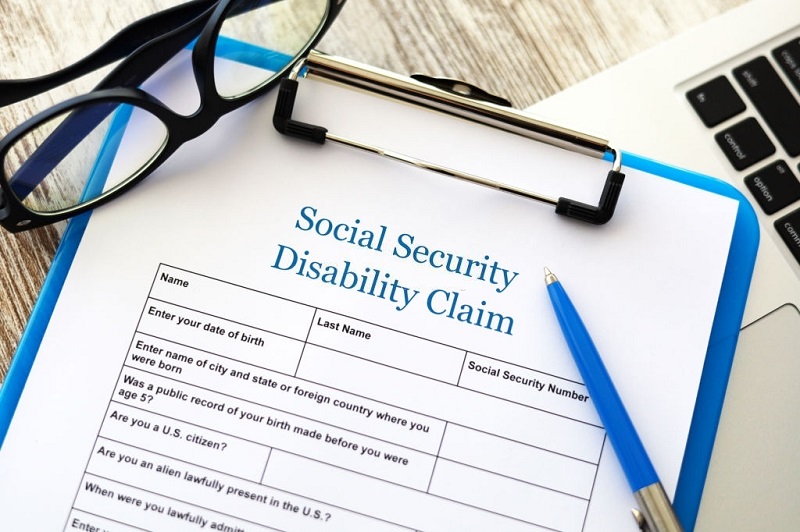Have you applied for disability benefits but failed? Whether you get approved for disability benefits or not depends on how you put forward your case.
As per Social Security Administration (SSA), only 36% of claims were approved for the initial application period. However, it doesn’t mean that you get discouraged and do nothing. If you keep on proceeding with appeals, more likely you will get approval. After hearing from the Administrative Law Judge, more than half of the applications finally get approval.
As mentioned before, it depends on how you present your case and what evidences you have to offer to SSA.
A lot of factors count into making your application successful. You need to be well prepared with all the necessary evidence and other information to back that evidence.
Here are the signs that will show that you are most likely to get approval for disability benefits:
Hints That Support Your Disability Benefits Approval
You Have Provided Significant Medical Evidence
The first and foremost thing to get disability benefits is enough medical evidence. Having substantial medical evidence serves as the basis for the application and shows how disabled a person is. If you cannot prove your disability medically, most likely, your application will be denied.
So, when you put forward your case, submit the most relevant medical records first.
You Are Unable To Work for At Least 12 Months
SSA looks for disability applicants to be off from work for at least 12 months because of the disabling condition. This means consecutive 12 months and not with a working period in between.
As proof, your employer must submit a document that proves that you are out of work for 12 consecutive months. If your disability lasts for less than 12 months, you may not get the benefit.
Your Situation Meets the Blue Book Listing
Blue book is the official guideline on the medical conditions for which you can be given disability benefits. It tells whether your application will be approved or denied by SSA.
A team of medical professionals review your claim and match it with disability and its symptoms mentioned in the blue book. They also check the severity of the disability as listed in the book.
If you fail to meet the blue book requirements, you can ask for a Residual Functional Capacity assessment.
Again, a team of physicians assesses your ability to complete the physical and mental tasks linked with your job. And if you are unable to perform those tasks, RFC may educate SSA to review you again.
You Meet Non-Medical Requirements
You can be qualified for disability benefits if you have work accumulated work credits before you become disabled. The number of credits you need depends on your age and when you become disabled.
You must have worked equivalent to 5 years full-time out of the last ten years to be eligible.
Generally, you need 40 credits, and out of it, 20 must be earned in the last 10 years till the year you become disabled.
If you are young, you may qualify without fulfilling the criterion to earn many credit hours.
The required credits are as follows:
- If you are below 24, you need 6 credits in the last 3 year period before you become disabled
- If you are between 24-31 years of age, the needed credit is equal to half the time between working from age 21 to becoming disabled
- If your age is between age 31 and 42, you need a minimum of 20 work credits
- If you are above age 42, credits will be based on a sliding scale and the addition of two credits every two years to 20 credit requirement

